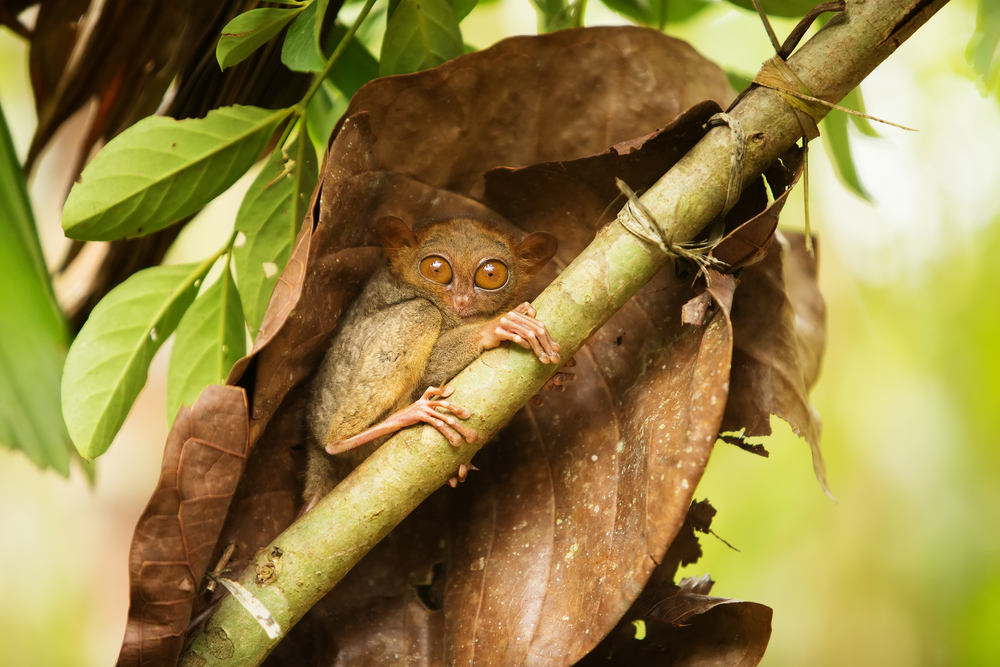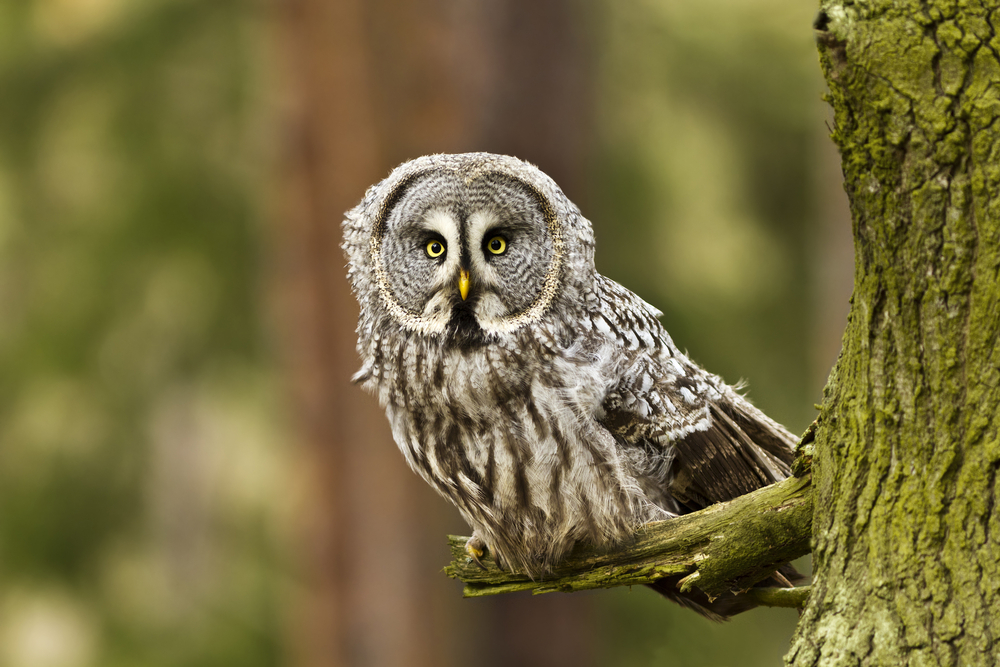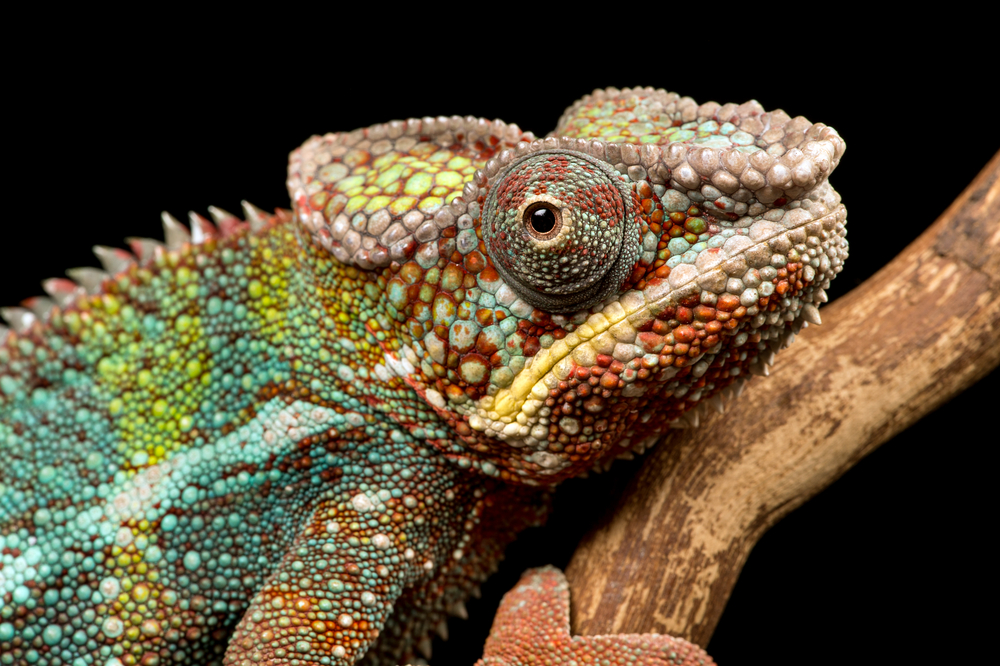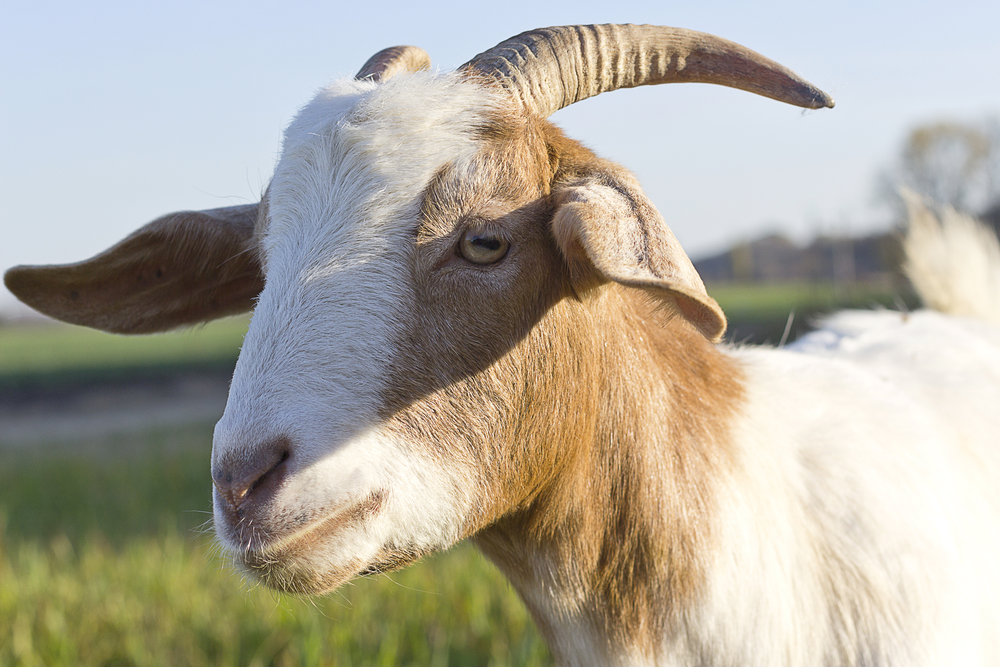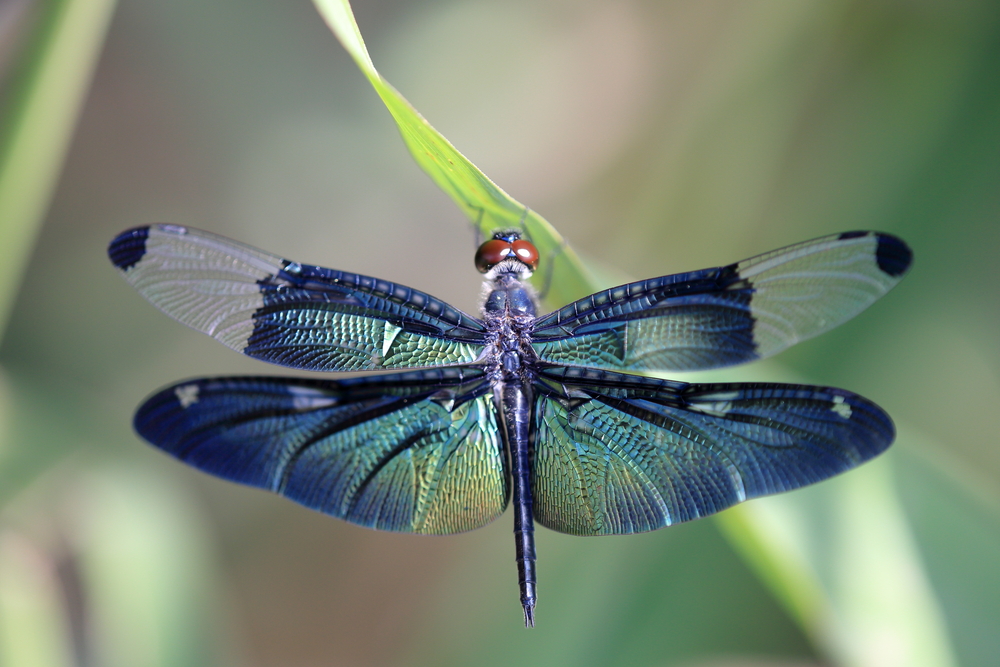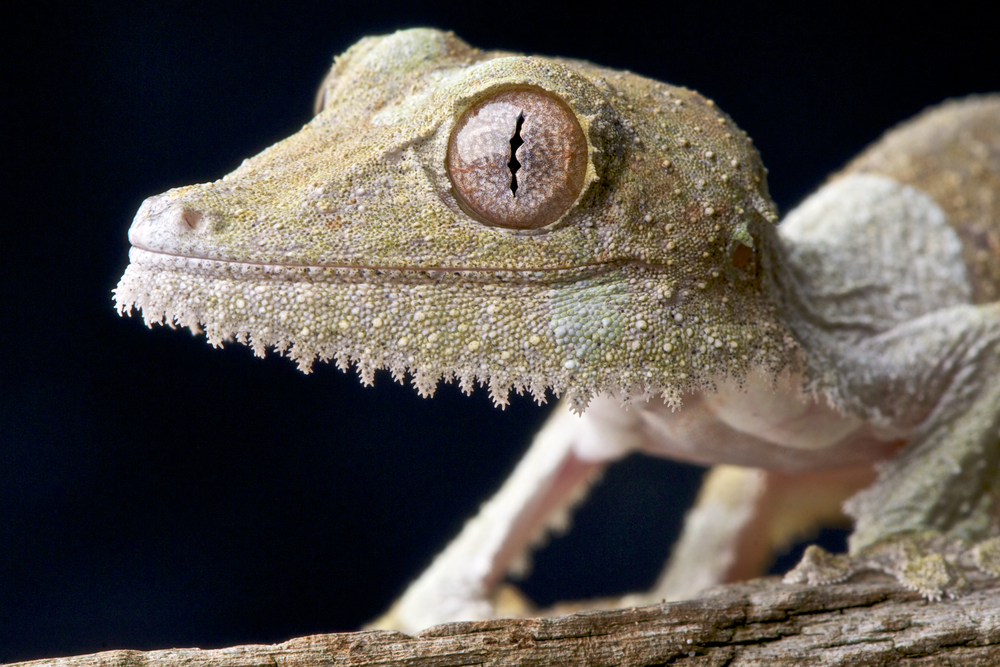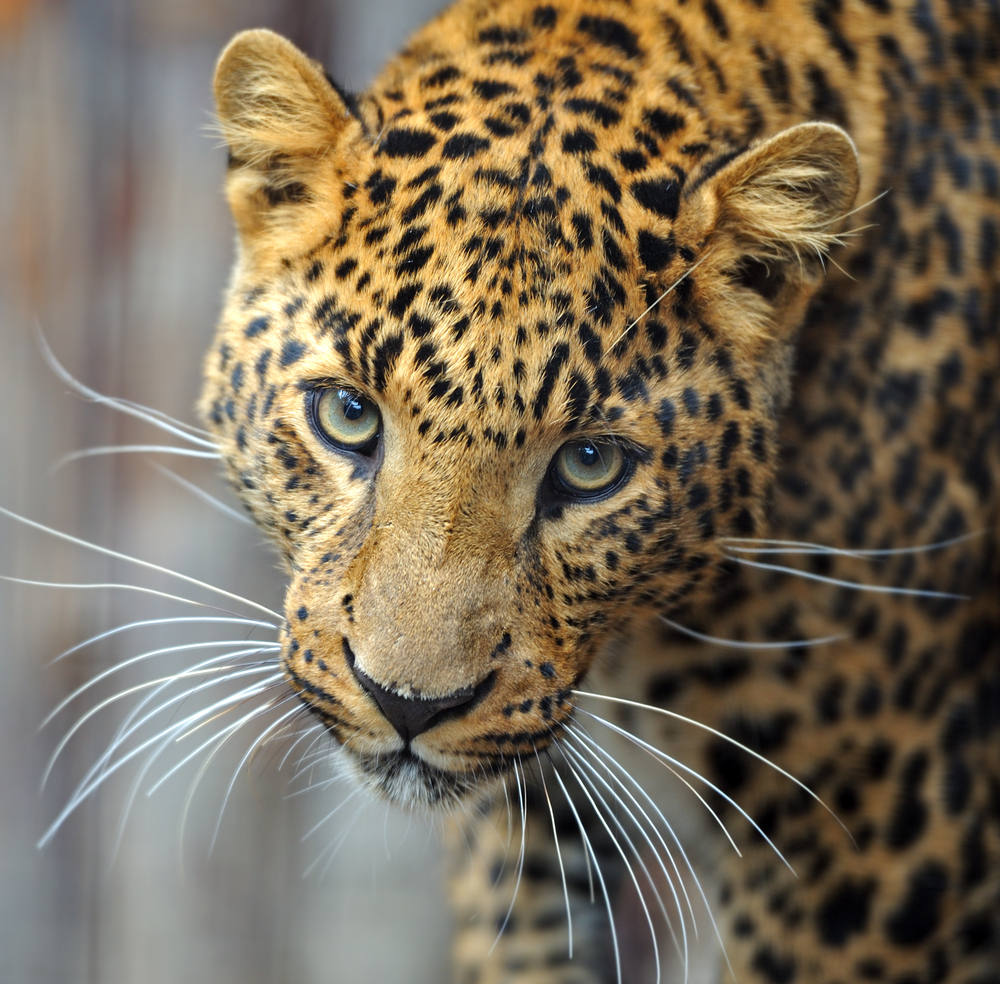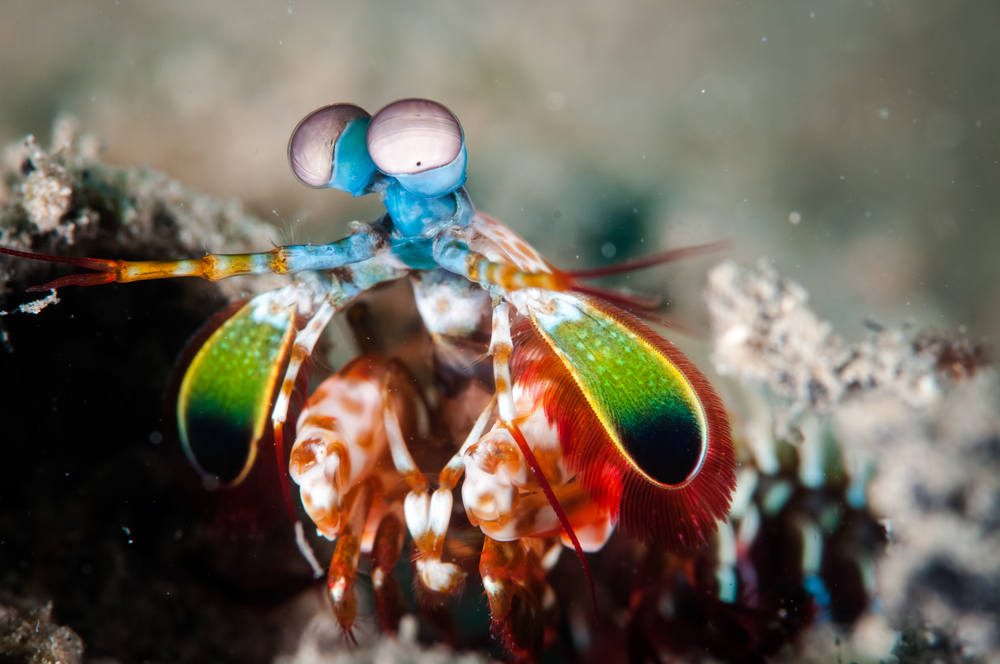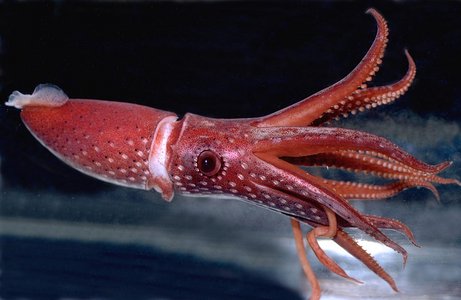Animals With Unique Eyes
Vision, while it is important to humans to carry out daily tasks, is a matter of life and death to animals in the wild. Predators need powerful, accurate vision to stalk their targets, while prey animals have developed a wide field of vision that is sensitive to movement, alerting them of danger. For each animal, their vision is a product of their environment and may have evolved over time. Here are some animals with unique eyes.
The tarsier is a small mammal about the size of a squirrel with eyes that are the largest of any mammal relative to body size, and weighing more than its brain. For a human to have eyes in the same proportion to body size, our eyes would be the size of grapefruits! The other unusual thing about a tarsier’s eyes is that they do NOT rotate in the eye socket. The tarsier must use his very flexible neck to rotate his head 180 degrees to see around him. He has great night vision, but very poor color vision, which is common with most nocturnal animals.
Another animal with relatively large fixed eyes is the owl. He also has a layer of tissue in the eye called the tapetum lucidum. This tissue is commonly found in nocturnal animals and deep sea animals in the back of the eye immediately behind the retina. It reflects visible light back through the retina, increasing the light available to see. Also because the eyes are fixed, owls can rotate their heads up to 270 degrees in both directions and 90 degrees vertically to look around.
A chameleon’s eyelids are fused, covering almost the entire eyeball except for the pupil. What is more unique is that the eyes work independently of each other and the chameleon can process the completely different images at the same time. However, when the chameleon spots potential prey, it focuses both eyes in the same direction, using stereoscopic vision for precise distance and depth perception. They have a full 360 degree field of vision and can see ultraviolet light.
Goats, along with most other hooved animals, have horizontal rectangular pupils. These pupils give them a field of vision of 320-340 degrees. Because of the special shape and large size of these pupils, the goat is able to have more control on how much light enters the eye, so they can see more easily at night.
Dragonflies have compound eyes that almost cover their heads and give them a full 360 degree filed of vision. The large part of their eyes is made up of 30,000 visual units called ommatidia (a cluster of light-sensing photoreceptor cells with a lens). 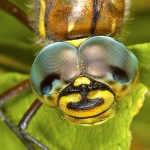
One of the most unusual eyes is that of the leaf-tailed gecko. The pupils are vertical with a series of “pinholes” that widen at night, allowing as much light as possible into the eye. Since they also have a more photoreceptor cells than most animals, they have incredible night vision. The eyes also have a series of intricate eye patterns to help with camouflage since there is no eyelid. Their eyes are protected by a transparent membrane, which they clean with their tongues.
Cats such as lions, tigers jaguars and leopards have extremely sharp night vision due to the fact they have the tapetum lucidum reflective tissue and far more rods (the light sensors of the eye) than cones (the color sensors of the eye) in their eyes compared to humans. However, because of the reduced number of cones, they can only distinguish a very limited range of colors.
The mantis shrimp has compound eyes like the dragonfly but with only 10,000 ommatidia per eye. However, each row of ommatidia has a particular function – some are for detecting light, others for detecting colors, etc. Mantis shrimp (who are not actually shrimp) have remarkable color vision with 12 types of color receptors (humans have three) as well as ultraviolet, infrared and polarized light vision. This means they have the most complex eyesight of any animal. Each of the manits shrimp’s eyes sit at the end of stalks allowing them to move independently from each other and the ability to rotate up to 70 degrees. Finally, unlike humans, the visual information is processed by the eyes themselves instead of the brain.
While the tarsier has the largest eyes relative to its size, the colossal squid has the largest eyes in the animal kingdom. Each of the colossal squid’s eyes can be as large as a foot in diameter. These exceptionally large eyes allow them to see well in dim light conditions, 2000 meters below the ocean surface. Also each eye has a built-in “flashlight” which can produce light so that whenever the squid focuses it eyes to the front, there is enough light for it to see its prey in the dark.
These are just a few of the animals with varied and unique vision. If you know of any others, please share them in the comments section below.
7/14/15

Vice President of Development
Discovery Eye Foundation


